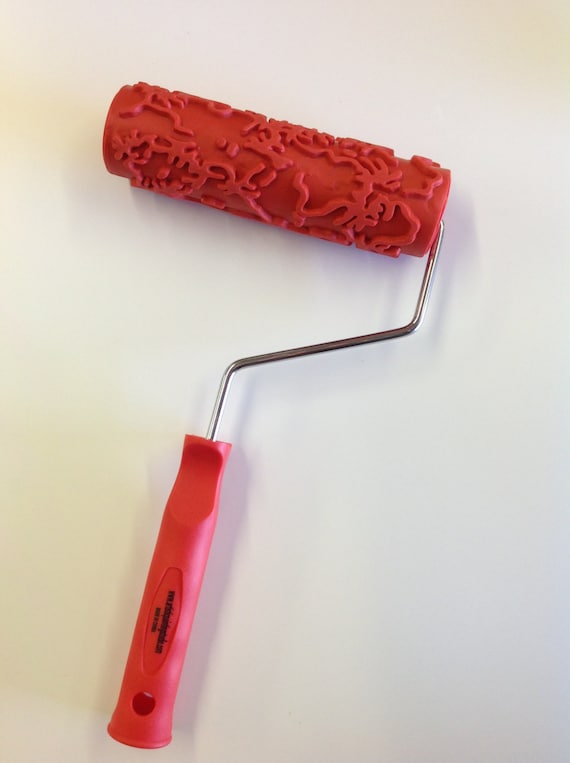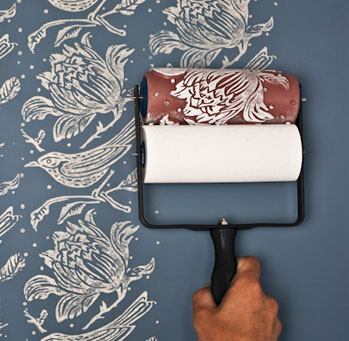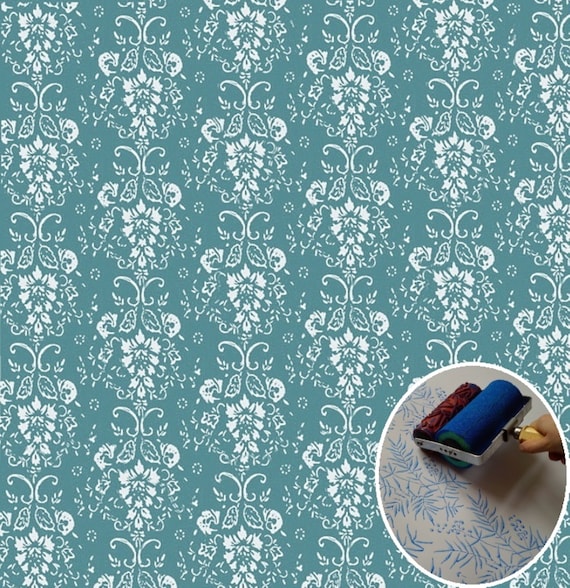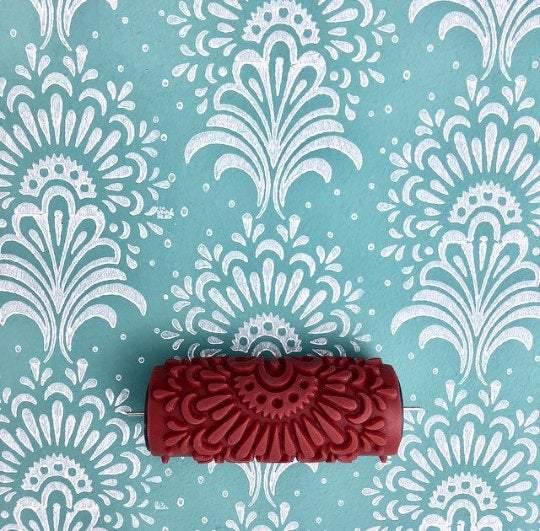Decorative paint rollers are a game-changer in the realm of interior design. They allow you to create stunning textures and patterns on your walls with relative ease. Having experimented with various types of rollers over the years, I’m excited to share my insights, tips, and personal experiences in using decorative paint rollers. Whether you’re a DIY enthusiast or a professional painter, this comprehensive guide will cover everything you need to know.
What is a Decorative Paint Roller?
A decorative paint roller is specifically designed to apply paint in unique patterns or textures. Unlike standard paint rollers that provide a flat finish, these rollers can create designs ranging from subtle textures to bold, dramatic patterns. Used correctly, they can transform a simple wall into an artistic statement.
Types of Decorative Paint Rollers
When it comes to decorative paint rollers, there are several types to choose from. Below are the most common types:
1. Textured Rollers
These rollers have a raised surface, allowing you to create a variety of textures, such as stucco or stone finishes.
2. Patterned Rollers
Patterned rollers feature designs like florals, stripes, or geometric shapes. They are great for adding a decorative touch without much effort.

3. Foam Rollers
Foam rollers provide a smooth finish and are excellent for applying lighter paints and glazes. They can also be used with stencils for more intricate designs.
Choosing the Right Decorative Paint Roller for Your Project

Choosing the right roller can make or break your painting project. Here are some key factors to consider:
1. Project Type
Are you decorating a feature wall or an entire room? Your choice will depend on the scale of the project.

2. Paint Type
Different rollers work better with specific types of paint. For example, heavier paints like latex may require a sturdier roller.
3. Desired Finish
Do you want a subtle texture, or are you aiming for a bold pattern? This will influence your roller selection.

How to Use a Decorative Paint Roller
Using a decorative paint roller may vary from one design to another, but here’s a basic step-by-step guide:

Step 1: Prepare the Surface
Before you start, ensure your walls are clean, dry, and free from imperfections. Fill in any holes or cracks and sand down any rough areas.
Step 2: Gather Your Materials
- Decorative Paint Roller
- Paint Tray
- Paint (preferably a matte finish)
- Painter’s Tape
- Drop Cloths

Step 3: Use Painter’s Tape
Apply painter’s tape around edges, trim, and other areas you want to protect from paint.
Step 4: Load the Roller
Dip the roller into the paint tray, rolling it back and forth to evenly distribute the paint without overloading it.

Step 5: Start Rolling
Begin rolling the paint onto the wall, applying even pressure for consistent coverage. For patterned rollers, follow the manufacturer’s instructions to ensure the pattern aligns properly.
Step 6: Clean Up
Once finished, clean your roller and brushes immediately to prolong their life. Store any leftover paint securely.
Tips for Achieving the Best Results
After using decorative paint rollers on multiple projects, here are some insider tips that can help you achieve professional-looking results:
- Practice First: If you’re trying a new pattern or texture, practice on a piece of cardboard or an inconspicuous area.
- Use Quality Paint: Investing in high-quality paint can significantly impact the finish and durability of your work.
- Work in Sections: Try to paint in small sections to maintain evenness and prevent the paint from drying before you finish.
- Consider Lighting: Inspect your work under different lighting conditions to ensure consistency.
- Allow for Drying Time: Be patient! Allow each coat to dry thoroughly before applying another.
Pros and Cons of Decorative Paint Rollers
| Pros | Cons |
|---|---|
| Creates stunning textures and patterns | Can be more expensive than standard rollers |
| Easy to use for DIY enthusiasts | Requires practice to master techniques |
| Offers versatility for various designs | May need specific types of paint for best results |
| Can save time compared to hand-painting | Pattern alignment may be challenging |
Comparing Popular Decorative Paint Rollers
Here’s a quick comparison of some popular decorative paint rollers on the market:
| Roller Name | Type | Price | Best For | Customer Rating |
|---|---|---|---|---|
| Rust-Oleum Decorative Roller | Textured | $25 | Creating stucco effects | 4.5/5 |
| Wooster Brush Roller | Patterned | $30 | Floral designs | 4.7/5 |
| ProDecor Paint Roller Kit | Foam | $20 | Smooth finishes | 4.6/5 |
Personal Experience with Decorative Paint Rollers
Over the past few years, I’ve tackled various projects using decorative paint rollers. My favorite project was transforming my home office. Initially, the walls were a dull beige, but I decided to use a floral patterned roller with a soft teal paint. The result was remarkable, and it created a vibrant and inviting workspace.
One of the challenges I faced was aligning the pattern correctly, which initially seemed daunting. However, after a few practice runs, I found my rhythm and was able to cover the wall efficiently. The best part? The compliments from friends and family who were stunned by the transformation!
FAQs About Decorative Paint Rollers
1. Can I use a decorative paint roller on textured walls?
While it’s possible, the results may vary depending on how pronounced the texture is. Ensure you choose a roller with a design that can accommodate the existing texture.
2. What type of paint should I use with a decorative roller?
Most decorative paint rollers work best with latex or acrylic paints. Always check the manufacturer’s recommendations.
3. How do I clean my decorative paint roller?
Clean your roller immediately after use with warm water and soap for latex paints. For oil-based paints, use the appropriate solvents.
4. Are decorative paint rollers reusable?
Yes, if properly cleaned and maintained, decorative paint rollers can be reused for future projects.
5. How do I store my decorative paint roller?
Store your paint roller in a cool, dry place. If it’s still wet after cleaning, wrap it in plastic to prevent it from drying out.
Conclusion
Decorative paint rollers are an excellent tool for anyone looking to enhance their living space or complete a creative project. With the right roller and technique, you can achieve stunning effects that stand out. Whether you are a seasoned painter or a beginner, I hope this guide has provided you with the information and confidence to tackle your next painting project. Happy painting!